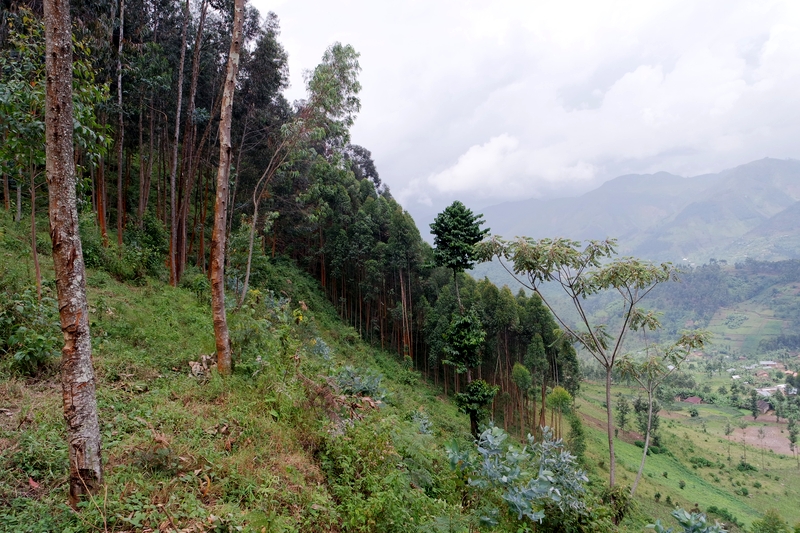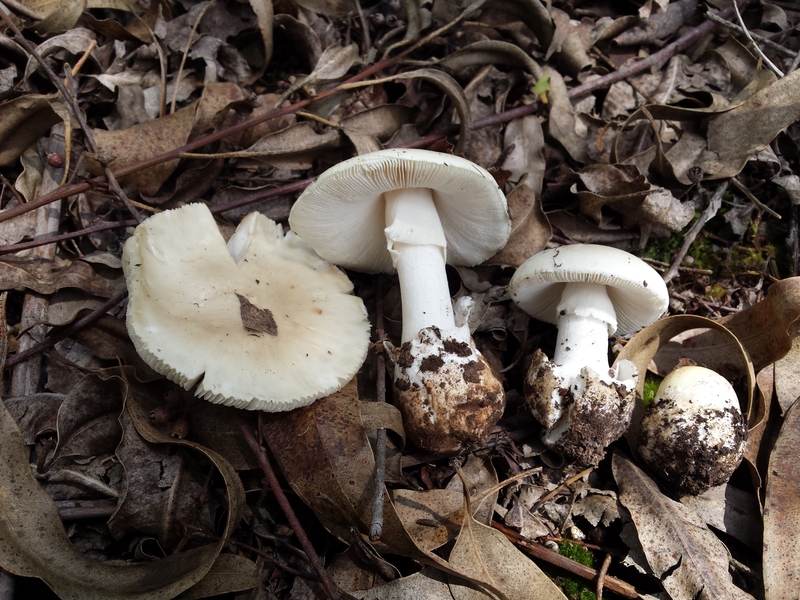[Science news] - Amanita bweyeyensis, a new tropical African mushroom with deadly relatives

 We collected samples in Rwanda, and also Burundi and Tanzania. Based on morphological and DNA sequence data, we described it as a new species, named Amanita bweyeyensis after the village of Bweyeye where we saw them being eaten.
We collected samples in Rwanda, and also Burundi and Tanzania. Based on morphological and DNA sequence data, we described it as a new species, named Amanita bweyeyensis after the village of Bweyeye where we saw them being eaten.
Mushrooms in the Phalloideae section usually contain powerful toxins. However, chemical analyses of Amanita bweyeyensis mushrooms showed no toxins, confirming local people’s understanding of their edibility. Nevertheless, our molecular analysis on the same specimens demonstrated that the gene sequence encoding the phallotoxin phallacidin (PHA gene) is present.
For other Amanita species, genes for amatoxins and phallotoxins have so far only been found in species that produce these compounds. This is the first time that the presence of at least one of those genes could be proven for a species that seems to lack (or has lost) the ability to produce these toxins.
The missing toxins could be due to altered gene expression due to environmental and climatic conditions. Amanita bweyeyensis therefore has the potential to be deadly poisonous.
Research paper in open access on https://mycokeys.pensoft.net/article/34560/
A film available on [https://youtu.be/PtjRvTmg3GY] highlights the steps of this discovery from the fieldwork to the lab.



